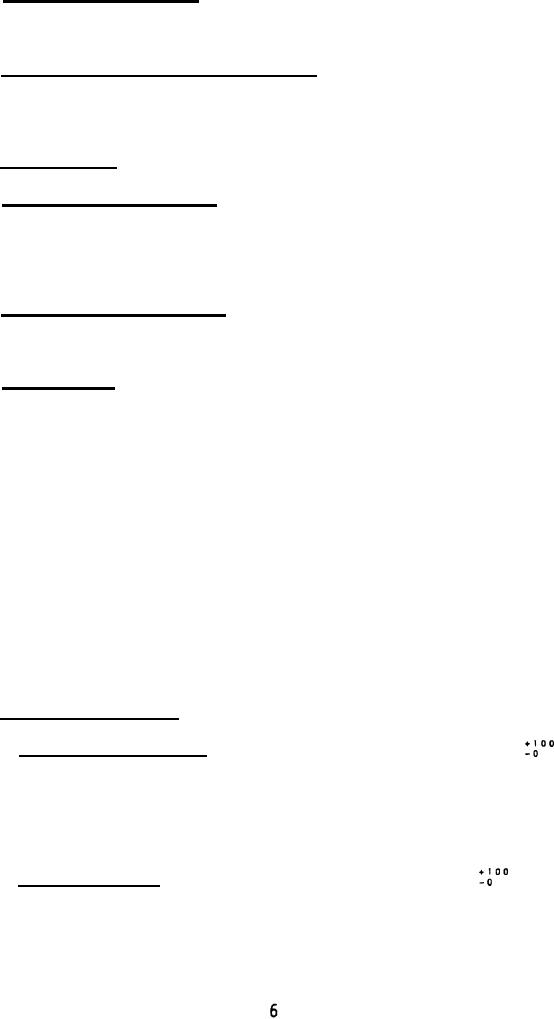 |
|||
|
Page Title:
Defects in items already accepted |
|
||
| ||||||||||
|
|  MIL-T-85342A(AS)
4.5.1 Rejection and retest. When a unit fails to satisfy the tests noted
in paragraph 4.4, no item still on hand or later produced shall be accepted
until the extent and cause of failure are determined and resolved.
4.5.2 Defects in items already accepted. The investigation of a test
failure could indicate that defects may exist in items already accepted. If
so, the contractor shall fully advise the procuring activity of all defects
likely to be found and methods correcting them.
Test methods.
4.6.
4.6.1 Examination of product. Each trailer shall be examined visually to
determine compliance with the requirements of this specification for which
tests are not specified, including materials and workmanship. Particular
attention shall be given to routing protection and functioning of the lighting
circuits and brake lines.
4.6.2 Conformance to drawings. Each trailer shall be Inspected to verify
conformance to the engineering drawings. Dimensions and attributes not in
compliance with drawing tolerances shall not be acceptable.
4.6.3 Functioning. Each trailer shall be examined to determine that
wheels are correctly aligned, that all brake systems function, including
back-up, and are correctly adjusted, that the electrical system is in proper
working order, that all points requiring lubrication are properly lubricated,
and that wheel bearings are properly adjusted and lubricated. To check
alignment, trailer should be on a level surface, and with front wheels
straight ahead, measure the distance between the front wheels at hub height.
Mark point where measurement was made. Roll trailer forward until these marks
are on the opposite side of the axle (1800). Measure the distance between the
wheels at hub height at this point. The difference between the two
measurements is the actual toe-in; It should not be over 1/4 inch. If toe-in
is not as stated, adjust to 0 to 1/4 inch. For adjustment, loosen jam nuts on
both ends of the tie-rods and rotate tie-rods in or out as required. To
adjust wheel bearing, jack or prop trailer to raise wheel of the ground. Spin
the wheel and tighten adjusting nut until a heavy drag is felt. Then loosen
nut until wheel rotates freely and bearing end play does not exceed 0.002 to
0.003 inches. Install cotter pin through nut on axle and replace grease cap.
4.6.4 Brake system tests.
*
4.6.4.1 Parking brake tests. The trailer, loaded with a 3500
pound test load (paragraph 4.6.5.2), shall be placed on a 11.5 degree inclined
ramp, facing uphill, and with parking brakes applied, the trailer shall not
roll. The loaded trailer shall then be tested facing downhill. This test
should be performed after Service Brakes testing to insure that the brakes
have been burnished sufficiently to achieve a successful test.
*
4.6.4.2 Service brakes. The trailer, loaded with a 3500
pound
test load (paragraph 4.6.5.2), shall then be connected to a prime mover and
the trailer service brakes will then be tested in the following manner.
|
|
Privacy Statement - Press Release - Copyright Information. - Contact Us |